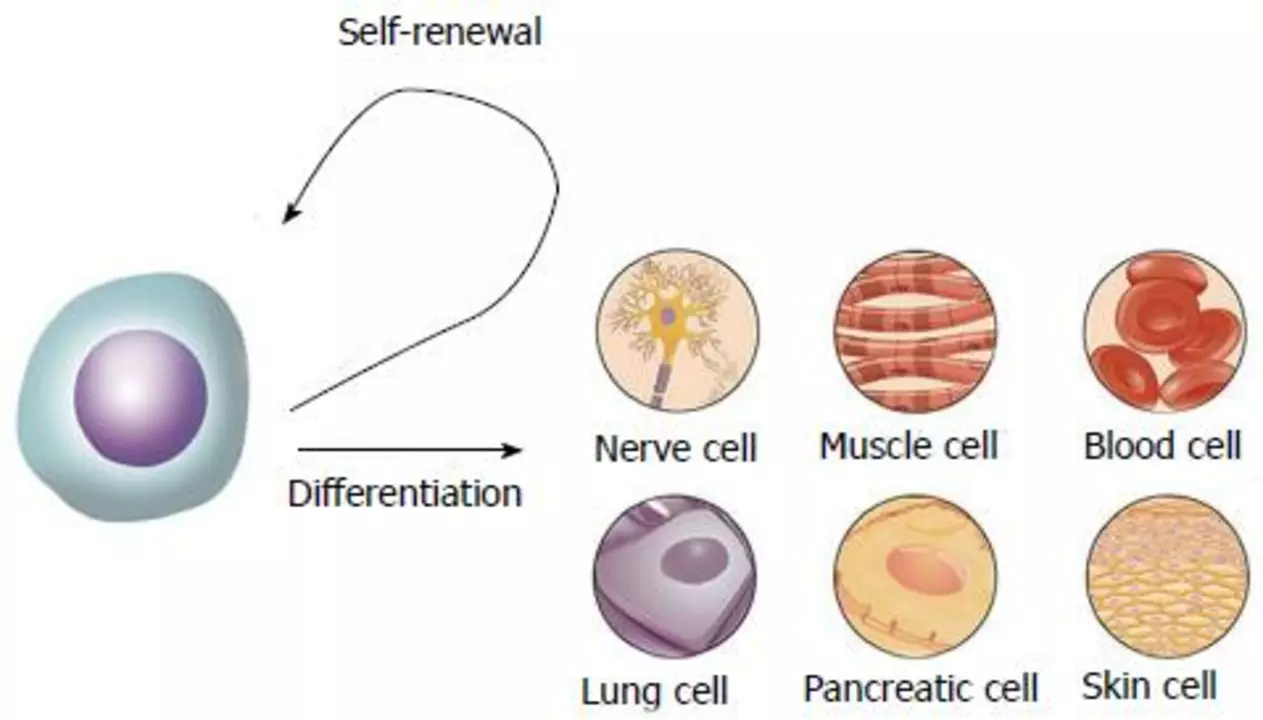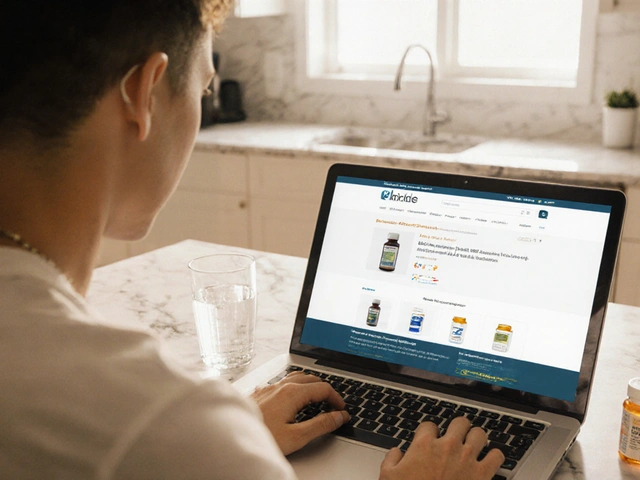Understanding Hives and Their Causes
Before diving into the identification and differentiation of hives, it's essential to understand what hives are and what causes them. Hives, also known as urticaria, are raised, itchy, red welts on the skin. They can appear anywhere on the body and can vary in size, shape, and number. Hives are typically caused by an allergic reaction to something in your environment, like pollen or pet dander, or something you've ingested, like certain foods or medications. However, sometimes the exact cause of hives remains unknown.
When your body encounters an allergen, it releases histamine and other chemicals into your bloodstream. This causes the blood vessels in your skin to expand and leak fluid, leading to the formation of hives. It's crucial to recognize the symptoms of hives and differentiate them from other skin conditions to ensure proper treatment and management.
Identifying the Appearance of Hives
One of the first steps in identifying hives is to examine their appearance. Hives are characterized by raised, red or pink welts on the skin. They can be small, like the size of a pinprick, or large and cover a significant portion of your body. Hives can also change shape and location, as they may appear in one area, fade, and then reappear in another area within hours.
Another key feature of hives is their itchiness. Hives are often extremely itchy and can cause a burning or stinging sensation on the skin. This itchiness may worsen at night and can be very uncomfortable. When trying to identify hives, it's essential to consider these unique characteristics.
Comparing Hives to Eczema
Eczema, also known as atopic dermatitis, is another common skin condition that can be confused with hives. However, there are some key differences between the two. Eczema tends to cause dry, scaly patches on the skin, whereas hives are raised, itchy welts. Additionally, eczema often appears in specific areas, like the insides of the elbows or behind the knees, while hives can appear anywhere on the body.
Eczema is also a chronic condition that can last for weeks, months, or even years, while hives typically clear up within a few days or weeks. If you're unsure whether you're dealing with hives or eczema, it's essential to consult a healthcare professional for a proper diagnosis.
Distinguishing Hives from Bug Bites
Bug bites are another skin condition that can be mistaken for hives. Both hives and bug bites can cause raised, itchy bumps on the skin. However, bug bites usually appear as isolated bumps, whereas hives often occur in clusters. Additionally, bug bites tend to have a central puncture mark, while hives do not.
Another clue is the pattern of itching. Bug bites typically become itchy soon after the bite occurs and may continue to itch for several days. In contrast, hives can appear suddenly and often worsen at night. If you suspect that your skin condition may be caused by bug bites, it's important to seek professional advice for proper identification and treatment.
Recognizing the Symptoms of Heat Rash
Heat rash, also known as prickly heat or miliaria, is a skin condition that can be confused with hives. Heat rash occurs when sweat gets trapped under the skin, causing small, itchy bumps to form. Like hives, heat rash can appear suddenly and cause a burning or prickly sensation on the skin.
However, heat rash typically affects areas of the body where skin rubs together, like the neck, armpits, or groin, and is often accompanied by a feeling of warmth or excessive sweating. In contrast, hives can appear anywhere on the body and are not specifically associated with heat or sweating. If you suspect that your skin condition may be heat rash, it's essential to consult a healthcare professional for a proper diagnosis and treatment.
Differentiating Hives from Contact Dermatitis
Contact dermatitis is a skin condition that occurs when your skin comes into contact with an irritating substance, such as a particular soap, detergent, or cosmetic. Like hives, contact dermatitis can cause red, itchy patches on the skin. However, contact dermatitis usually appears in the area where the skin came into contact with the irritant, while hives can appear anywhere on the body.
Another difference is the appearance of the rash itself. Contact dermatitis tends to cause dry, scaly patches on the skin, whereas hives are raised, itchy welts. If you suspect that your skin condition may be contact dermatitis, it's important to seek professional advice for proper identification and treatment.
Assessing the Duration of Your Skin Condition
One of the key factors in differentiating hives from other skin conditions is the duration of the rash. Hives typically last for a short period, with individual welts clearing up within 24 hours and the entire episode resolving within a few days to a few weeks. In contrast, other skin conditions like eczema, contact dermatitis, and heat rash can last for much longer, often weeks or even months.
If your skin condition is persistent and doesn't seem to be improving, it's essential to consult a healthcare professional to determine the cause and receive proper treatment.
Seeking Professional Help for a Proper Diagnosis
While it's essential to understand the differences between hives and other skin conditions, the best way to obtain a proper diagnosis is to consult a healthcare professional. A dermatologist or allergist can help determine the cause of your skin condition and provide appropriate treatment and management strategies.
Remember, self-diagnosing and treating a skin condition can be risky and may worsen the problem. Always seek professional advice to ensure the best possible care for your skin.






Reviews
Wow, this is such a clear and helpful breakdown-seriously, thank you for laying this out so thoughtfully. I’ve had hives before and always wondered if it was just stress or something worse. Now I know to look for the shifting welts and the 24-hour rule. So much better than googling at 2 a.m. 😊
Lol so you’re telling me if it doesn’t look like a textbook diagram it’s not hives? Newsflash: skin doesn’t read medical journals. I had a rash that looked like a Jackson Pollock painting and it was hives. Also, your ‘key differences’ are just common sense. Do people really need a 10-step guide for this?
It’s frankly irresponsible how casually people self-diagnose these days. You can’t just look at a few red bumps and assume it’s hives-there are over 200 dermatological conditions with overlapping symptoms. If you’re not consulting a board-certified allergist, you’re gambling with your immune system. This post is a good start, but it’s dangerously oversimplified. Real medicine isn’t a TikTok trend.
i think we all just need to chill and trust our bodies more? like, yeah hives are annoying but maybe its not always an allergen? maybe its just your soul screaming for rest? i had a rash for 3 weeks once and it went away after i stopped scrolling and started walking barefoot in the grass. maybe the answer is less diagnosis and more presence?? 🌿
How quaint. You’ve reduced a complex immunological phenomenon to a bullet-point checklist, as if dermatology were a IKEA instruction manual. Hives are not merely ‘raised welts’-they are the somatic manifestation of a dysregulated mast cell response, often tied to cryptic autoimmunity or even psychosomatic triggers that your ‘bug bite’ comparison utterly ignores. If you’re not citing peer-reviewed literature, you’re contributing to the epistemic decay of public health discourse.
Man, I feel you all. I had a flare-up last summer that looked like hives but turned out to be a rare reaction to my laundry detergent. Took 3 doctors and 4 months to figure it out. Point is: don’t panic, but don’t ignore it either. And if you’re reading this and feel alone? You’re not. We’ve all been there. 🤝💛
As someone from India where heat rash is common, I can say this: people here call it ‘pottu’ and treat it with neem paste and cool rice water. Hives? We call them ‘chhota kankar’-and they’re treated with antihistamines and prayer. Culture changes how we see skin, but the itch? That’s universal. 🌏🙏
Wait-so if hives disappear in 24 hours but come back elsewhere, that’s normal? But if it lasts longer than a week, it’s chronic? What if it’s both? Like, one patch fades, another appears, and it’s been 10 days total? Is that still acute or already chronic? I need more nuance.
Thank you for this meticulously curated and clinically accurate resource. 🌟 Your attention to differential diagnosis is both commendable and deeply reassuring. I shall share this with my entire wellness circle. 📚✨
My mom had chronic hives for years. No one could figure it out until she stopped using that new shampoo. One change. One product. One year of suffering. So yeah, it’s not always food or pollen. Sometimes it’s just… your conditioner. 🫂